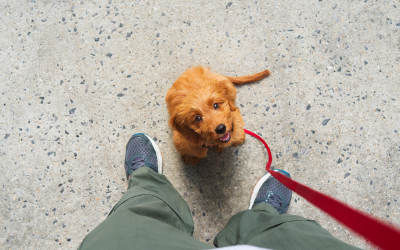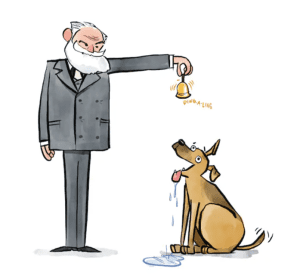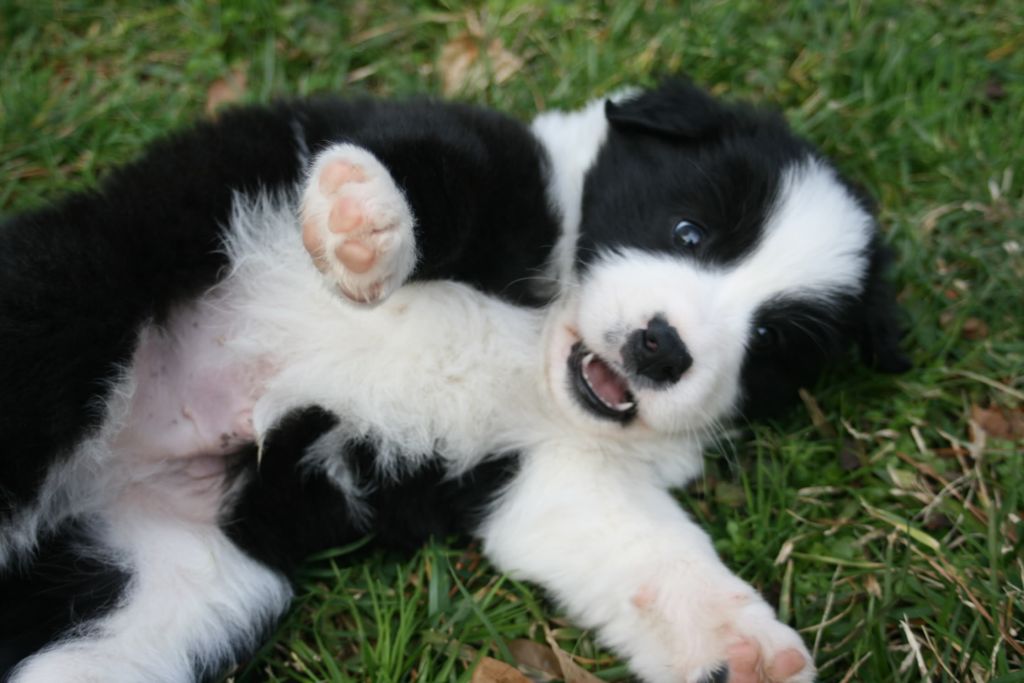Socialization is for Parties, not Puppies: A Guide to Proper Puppy Exposure
Hooray! You got a new puppy! Of course, you want to do everything you can to give them the best possible start in life.
You’ve heard that you have to socialize your puppy so they won’t fear the things in their world. You may have heard that your puppy should meet 100 people before 4 months of age. So, you take them everywhere and ask strangers to give them treats and pets all over town. You are checking every box.
It’s wonderful that you are taking this so seriously!
What is Your Puppy Really Learning from “Socialization” Outings?
- Your puppy is learning that people can be overwhelming! And their person can not be relied upon to keep them safe.
- If you have a worried dog, this can be traumatic. And if people are feeding them treats, they can feel conflicted about the whole situation. This is the opposite of what we want to achieve!
- Your puppy is learning to be attracted to strange people. Why would they ever pay attention to their person when there are walking parties of petting and treats? It’s your responsibility to teach your puppy to ignore people and dogs, not magnetize your puppy to them. Greeting everyone will cause poor manners and frustration for your dog.
How Should You Expose Your Puppy to Their World?
When exposing your puppy to the world, do it gently, gradually, and positively. Start with controlled interactions, ensuring your puppy’s safety, and gradually increase the level of exposure as they become more comfortable. This may look like sitting at a distance from an outdoor social event while playing with your dog or even sitting on a bench outside a grocery store and giving your dog a treat when someone walks past. In this way, you are teaching your puppy that you are the source of entertainment, affection, and food, especially in the presence of strangers.
Exposure is More Than Just Meeting People
You can build a resilient, well-rounded, and confident adult dog by exposing your puppy to something new while always ensuring a positive experience. Floor textures, strange noises, different types of weather, and odd smells should all be a part of your exposure goals. Nearly anything can be turned into an excellent experience for a puppy! Show your puppy new things and always let them win the challenge presented. Any time your puppy is not actively enjoying the experience, there is the potential for doing more harm than good.
Quality over Quantity
Science to the Rescue: Classical Conditioning
We must transform novel, weird, or scary things into good things. And one of the best ways to do this is to make them predict something the puppy loves, like memorable food. If a bite of something yummy follows weird or startling things, those things will likely stop being weird or startling. The pleasure of eating delicious treats will start to transfer to the weird things, and the weird things will come to evoke good feelings. Pairing an emotion with a stimulus until the appearance of the stimulus results in the emotion is called classical conditioning.
Have You Ever Heard of Pavlov and His Salivating  Dogs?
Dogs?
Pavlov paired the ringing of a bell with the appearance of food. Soon, the dogs began salivating when they heard the bell ringing, even when there was no food around!
Living beings are always learning, often unaware that learning is even taking place. We can use this to our advantage when teaching puppies about their world.
The Order is Important
New thing first, then yummy food.
Be ready with really good food. Your puppy’s tummy can’t tolerate much rich food, so you’ll also use their kibble. But pull out the good stuff when your puppy is afraid of something or you know it will seem extra weird to them.


 Dogs?
Dogs?
